#valley of the kings
Text
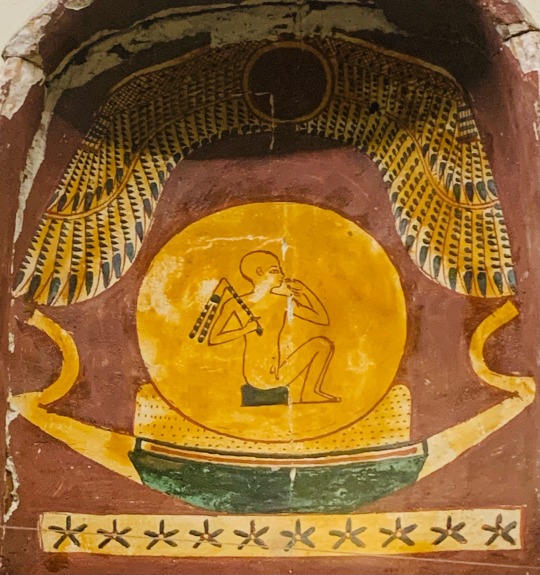
Ra, in his form as the Solar Child.
#Ra#sun god#ancient egypt#egyptian#egyptology#egyptian archaeology#valley of the kings#tomb#Kemet#Kemetic#kemeticism
223 notes
·
View notes
Photo
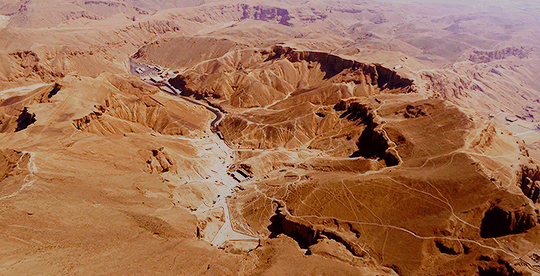

The Valley of the Kings is located in a valley behind the Theban Hills. To the far right can be seen the causeway up to the mortuary temple of Hatshepsut at Deir el-Bahari. The Theban Hills are dominated by the peak of al-Qurn, known to the Ancient Egyptians as ta dehent, or "The Peak". It has a pyramid-shaped appearance, and it is probable that this echoed the pyramids of the Old Kingdom, more than a thousand years prior to the first royal burials carved here. Its isolated position also resulted in reduced access, and special tomb police (the Medjay) were able to guard the necropolis. [X]
176 notes
·
View notes
Text


It's #WorldSerpentDay so shoutout to the ancient Egyptian primordial snake god Nehebkau, and specifically, this depiction that's just a snake with human legs 😂
1. detail from papyrus Book of the Dead of Ani, sheet 27 spell 87, 19th Dynasty
British Museum
2. detail from wall art in Valley of the Kings, Tomb of Tausert and Setnakht (KV 14), 19th-20th Dynasties
Flickr CC BY-NC-SA 2.0
#snake#snakes#serpent#serpents#snake diety#snake god#serpent diety#serpent god#ancient Egypt#Book of the Dead#Valley of the Kings#Egyptian art#Egyptian mythology#Nehebkau#British Museum#ancient art#World Serpent Day#animals in art
173 notes
·
View notes
Text
Random Fact #6,516
The oldest worker strike we know of was at the building site of the pyramid for Ramses III.
What were they striking about? Poor wages.
The workers didn't just refuse to construct Rameses III’s future tomb either, they actually occupied the Valley of the Kings and were preventing anyone from entering to perform rituals or funerals.
Another strike from around the same time was about the lack of provision of sunscreen (so, basically, occupational safety).
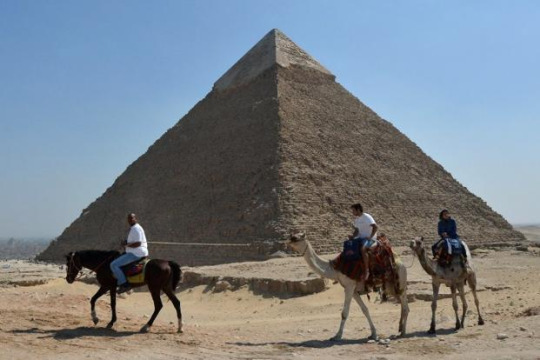
#picket line#strike#did you know#random facts#little known fact#random fact#random factoid#random factoids#history facts#worker's rights#egypt#egyptian history#ramses iii#health and safety#valley of the kings#yes really
47 notes
·
View notes
Text

the gods Osiris, Anubis, and Horus depicted in a wall painting in the tomb of Pharaoh Horemheb in the Valley of the Kings.
308 notes
·
View notes
Text
King Tut’s tomb was sealed in such a hurry that they didn’t even wait for the wall paint to dry. What was behind this sudden rush to entomb the boy king?
24 notes
·
View notes
Text
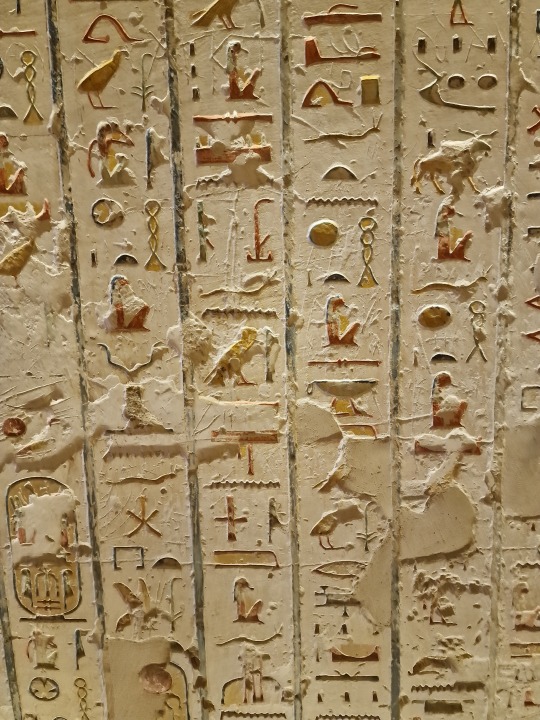
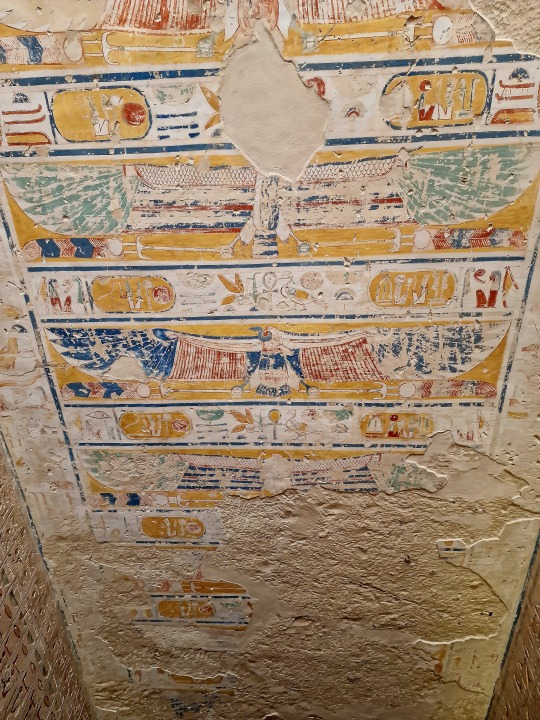



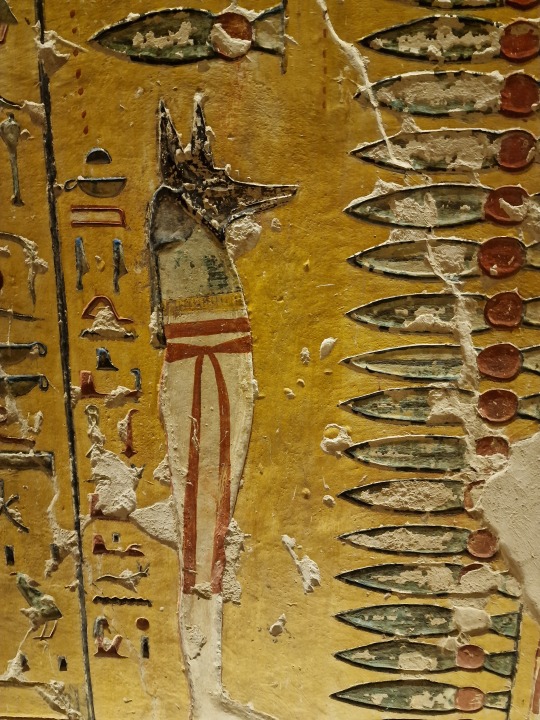

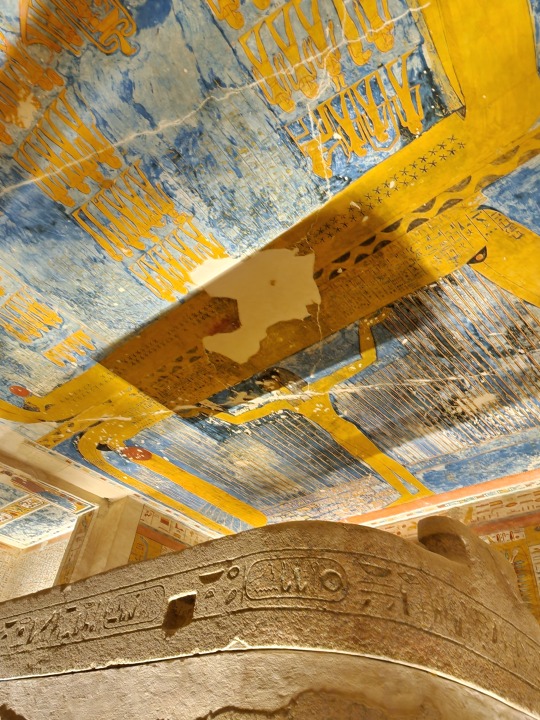
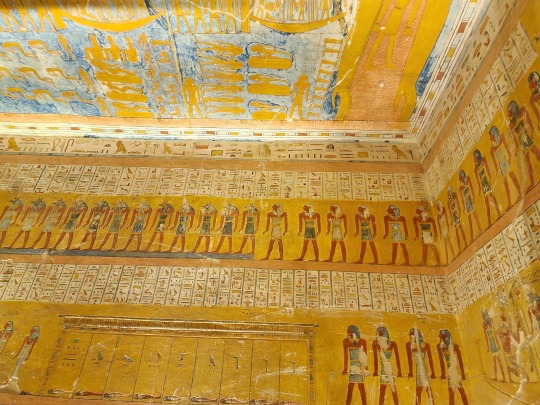

Túmulo de Ramsés IV
Vale dos Reis
Egipto
fotos cjmn
27 notes
·
View notes
Text
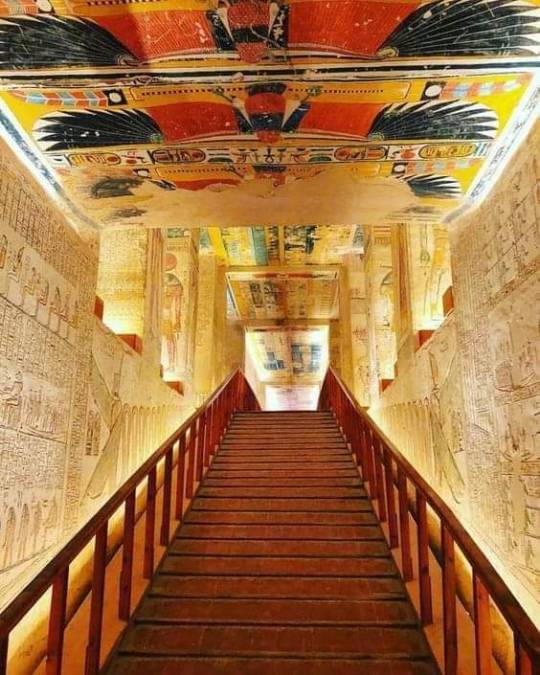
Ramses VI Tomb - Valley of the Kings, Luxor, EGYPT
83 notes
·
View notes
Text
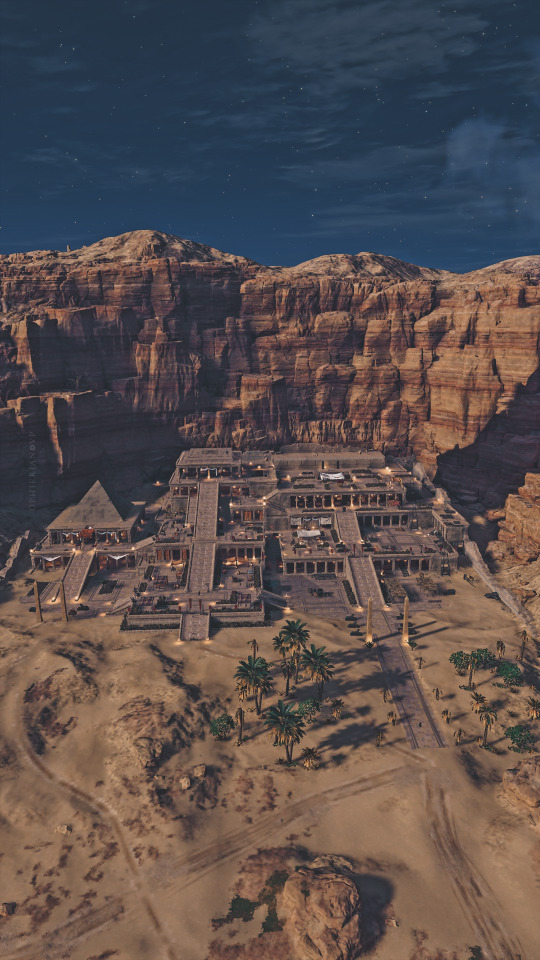

#acorigins#assassin's creed#assassin's creed origins#temple of hatshepsut#set-ma'at#valley of the kings#ubisoft#photomode#gamingedit#virtual photography#gaming photography
8 notes
·
View notes
Text

7.25
27 notes
·
View notes
Photo

Tomb of Ramesses VI, Valley of the Kings discovered in 1898.
Source: World of History
#tomb of ramesses#valley of the kings#ancient egypt#egypt#tomb#tombs#1898#19th century#ancient#monument#ancient monument
306 notes
·
View notes
Text

Dua Ra-Horakhty
#Ra-Horakhty#Ra#Horus#Kemet#Kemeticism#Kemetic#Egypt#egyptology#Egyptian#ancient egypt#ancient Egyptian#valley of the kings#egyptian gods#Luxor#Thebes
64 notes
·
View notes
Photo


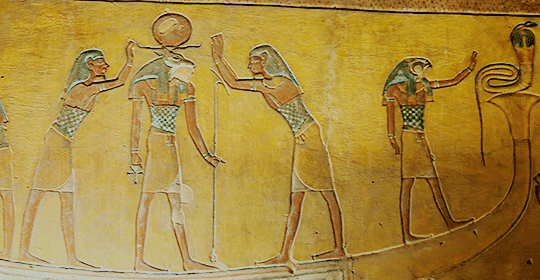


“KV14 is a joint tomb, used originally by Twosret and then reused and extended by Setnakhte. It has been open since antiquity, but was not properly recorded until Hartwig Altenmüller excavated it from 1983 to 1987.
Located in the main body of the Valley of the Kings, it has two burial chambers, the later extensions making the tomb one of the largest of the Royal Tombs, at over 112 metres. The original decoration showing the female Twosret was replaced with those of the male Setnakhte.” [X]
752 notes
·
View notes
Photo
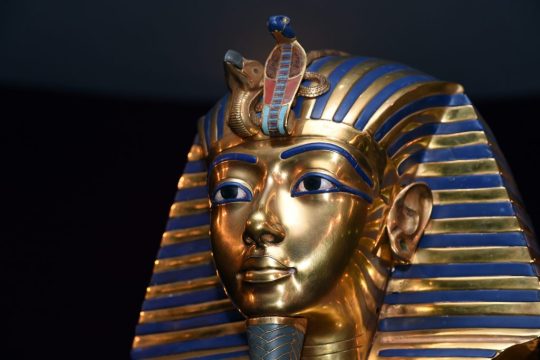
The 5 Most Opulent Artifacts Found in King Tut’s Inner Tomb
All that glitters is sometimes gold—particularly when it comes to the tomb of King Tutankhamun.
There is perhaps no other period in human history that has captured minds and imaginations quite like ancient Egypt. “Egyptomania,” or the intense interest in all thing Egypt, was first sparked by Napoleon’s Egyptian Campaign at the turn of the 19th century. Throughout the 1800s, people across the world emulated the architecture and design of Egyptian culture—for example, Victorian-era jewelry frequently incorporated scarabs, and cartouches and monuments across Europe took the form of obelisks.
The pervasive obsession with Egypt reached an apogee when on November 26, 1922, archaeologist Howard Carter and his team discovered the doorway to the tomb of Pharaoh Tutankhamun (commonly referred to as King Tut) in the Valley of the Kings on the west bank of the Nile. Though archaeological digs had been undertaken throughout the area, most tombs had succumbed to looting and grave robbing, leaving them stripped bare of their original contents. Tut’s tomb, however, had been hidden by debris and rubble, preserving it to near perfect condition.
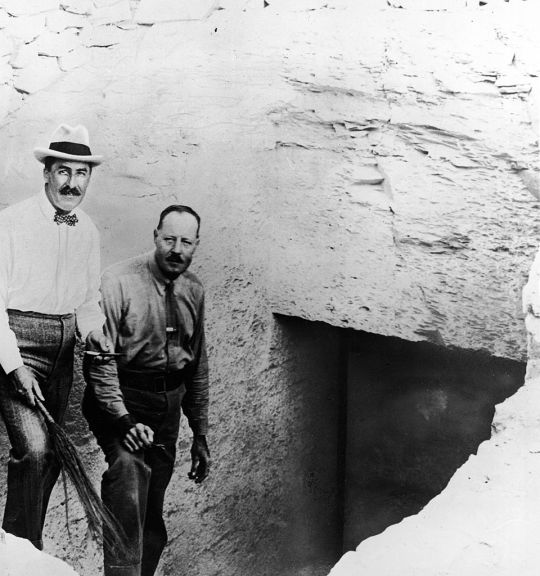
Despite discovering King Tutankhamun’s tomb in late 1922, it took several months for archaeologists to work their way through and catalogue the contents within the outer chambers. On February 16, 1923, Carter finally came face-to-face with the doorway leading to the tomb’s inner burial chamber and unsealed it. What he and his team were met with was the most well-preserved and intact pharaonic tombs ever found. Over the following eight years, the items and goods contained therein were carefully catalogued and removed, and today are held in the collection of the Egyptian Museum in Cairo.
To mark the centennial of the unsealing of the burial chamber, we’ve gathered five of the most opulent and intriguing artifacts that were found in King Tutankhamun’s tomb.
Tutankhamun’s Sarcophagus and Three Coffins:

Seeing the sarcophagus was perhaps one of the most exciting moments for the archaeologists at the time, as it indicated early on that the contents were preserved and intact. Crafted of quartzite and red granite, and displaying the images of Isis, Nephthys, Neith, and Serqet, the sarcophagus housed three nesting coffins which held Tutankhamun’s mummified body. The outer two coffins are made of fully gilded wood and inlaid with glass and semiprecious stones, such as turquoise and lapis lazuli. The innermost coffin, however, is made almost entirely out of 110.4 kilos of solid gold, similarly adorned with inlaid stones, and incised with inscriptions and in the shape of Osiris holding scepter and flail.
The Death Mask of Tutankhamun

Found within the innermost coffin upon the mummified body, King Tut’s death mask has become a world-recognized icon of ancient Egypt and the pharaonic era. Composed of 10.23 kilos of solid gold, it depicts Tutankhamun wearing the traditional stripped pharaonic headdress replete with representations of the goddesses Nekhbet and Wadjet above his brow. The mask’s back and shoulders are inscribed in Egyptian hieroglyphs with a protective spell copied from the Book of the Dead, offering protection as the pharaoh moved through the underworld.
Canopic Shrine

In the process of mummification, many of the person’s organs are removed and placed in what are called canopic jars. These containers frequently included lids shaped after the heads of the Sons of Horus, protective deities. Like many other ancient Egyptian tombs, King Tut’s included an alabaster canopic chest containing the four separate jars. However, in the pharaoh’s tomb, these were housed in a canopic shrine. Standing at six-and-a-half feet tall and enrobed in gold, the shrine includes the figure of the goddess Nepthys who stands guard over the royal contents.
Golden Sandals
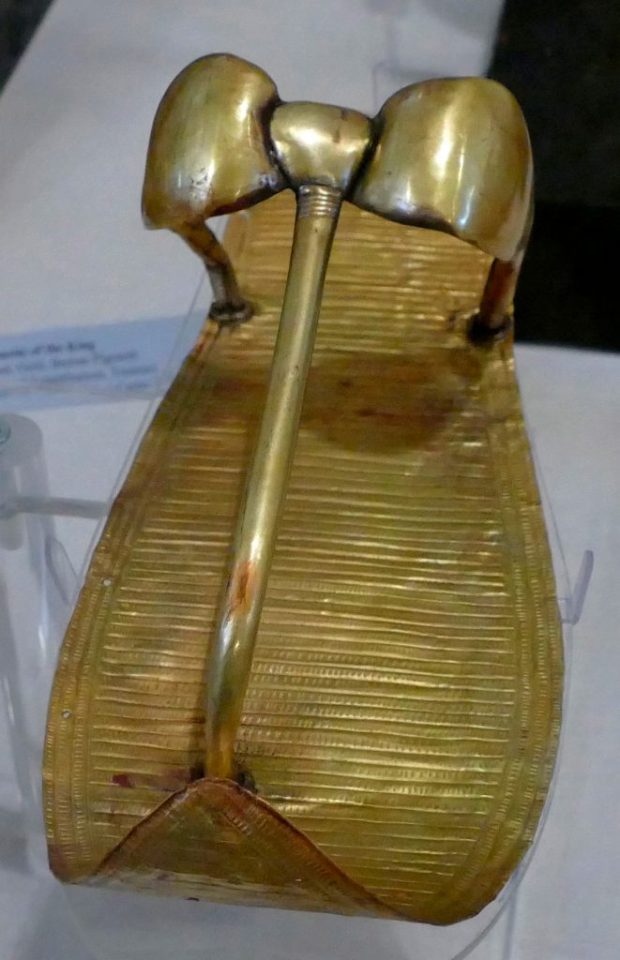
A large swathe of the items found in King Tutankhamun’s tomb represented personal necessities, such as clothing, toiletries like perfume, and food stuffs. Included among these items were a pair of gold sandals. These golden shoes have been found in numerous other ancient tombs, and it is believed that they were made specifically for funerary and burial practices. The soles of the shoes depict the nine traditional enemies of Egypt, including the Nubians and Libyans, symbolizing that as god-king they were literally beneath his feet.
Golden Chariot
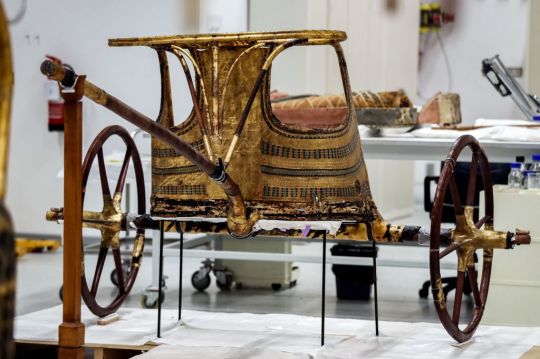
King Tutankhamun’s tomb contained a total of six golden chariots—though, unfortunately, all were in various states of disrepair as they were either mishandled or damaged by looters. After restoration, they were identified as typical D-cab chariots that were meant to be drawn by two horses. The image of a pharaoh driving a chariot was a common symbol of royal power and wealth, and in ancient times, pharaohs were often presented at public events in opulent chariots to highlight their status.
By Annikka Olsen.
#The 5 Most Opulent Artifacts Found in King Tut’s Inner Tomb#King Tutankhamun#Howard Carter#ancient tombs#ancient graves#ancient artifacts#archeology#archeolgst#valley of the kings#gold#treasure#history#history news#ancient history#ancient culture#ancient civilizations#ancient egypt#egyptian history#egyptian pharaoh#egyptian art
50 notes
·
View notes
Text







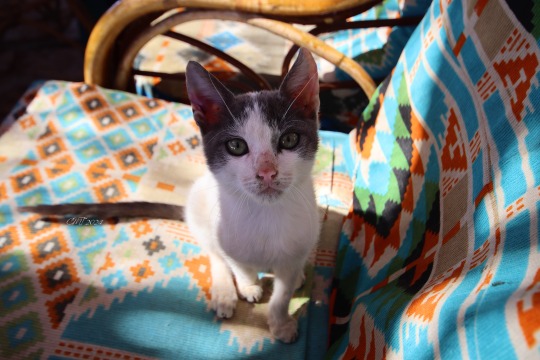


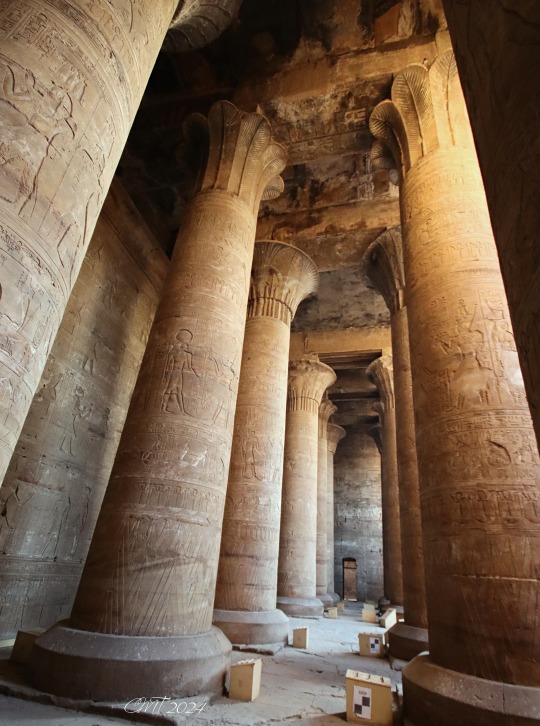






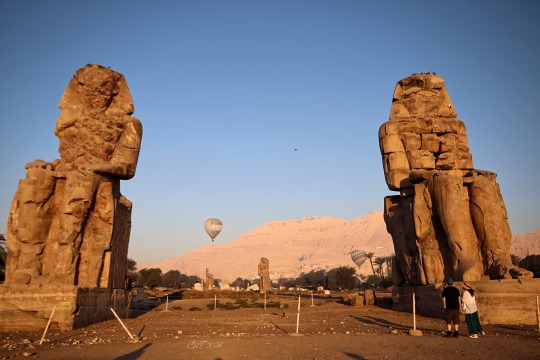

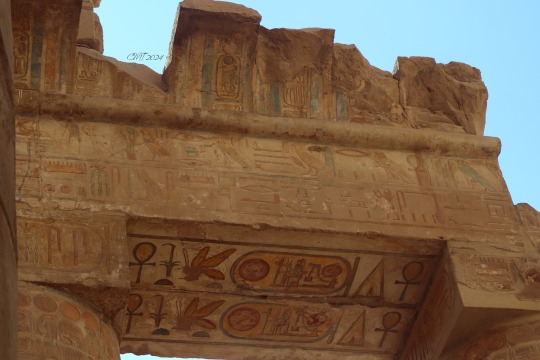
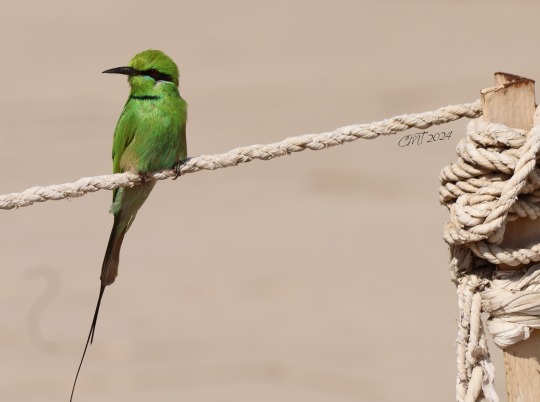


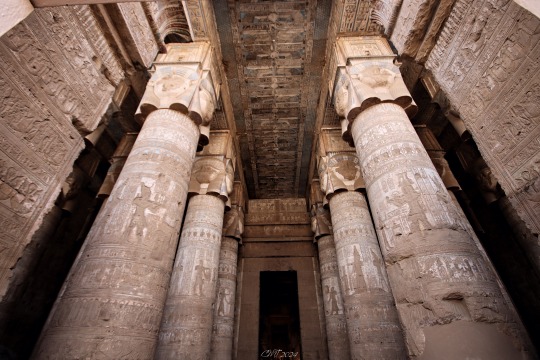

I am back from the holibobs, utterly exhausted and procrastinating the unending job that is editing all my photos (just by deleting the out-of-focus-in-hindsight ones I've gotten them down from 1200 to 750) So here's my absolute favourite ones. I promise I'll be back to crafting content soon.
#cotton khaleesi#cottonkhaleesi#egypt#egypt tours#hatsheptsut#the sphinx#the pyramids#kom ombo#edfu#valley of the kings#dendera temple
7 notes
·
View notes
Text
KV-64, an Egyptian tomb located in the Valley of the Kings had two occupants but bizarrely only one of them was looted. This fact points to a very surprising culprit.
20 notes
·
View notes